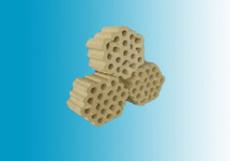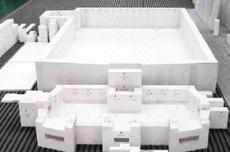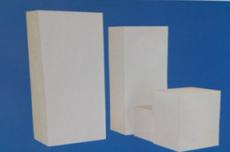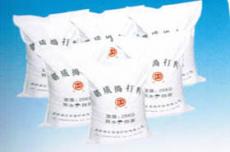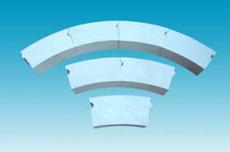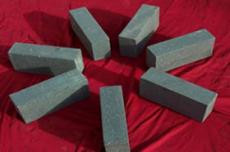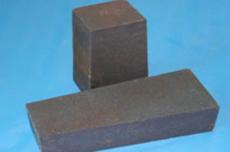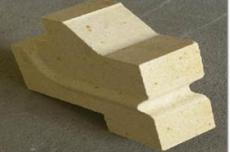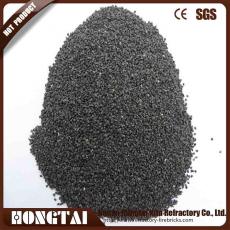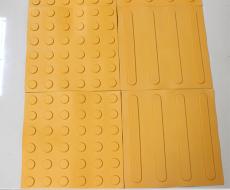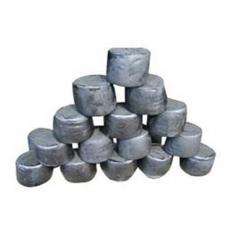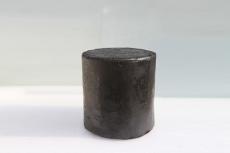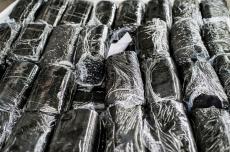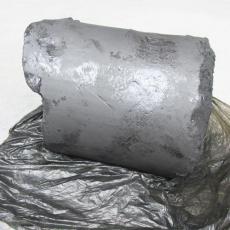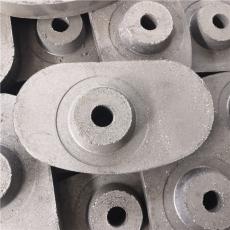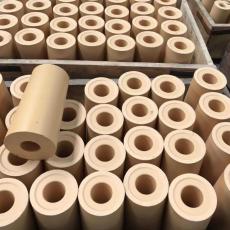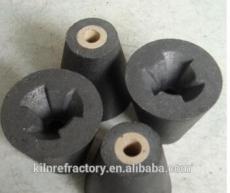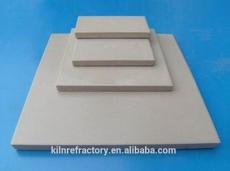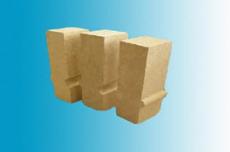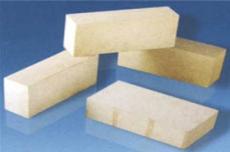
The bonding method of steel fiber refractory castable is based on special grade bauxite clinker as aggregate, high-quality bauxite clinker and fine corundum powder as matrix, ultra-fine powder and other composite materials as binders and additives, and hot resistant stailess steel fiber to made of the stainless steel fiber reinforced castable. At the same time, becuase of the addition of steel fibers, the overall strength of the furnace wall has been greatly improved after pouring.
On the basis of high-aluminum clinker as aggregate and powder as an important part of the castable, a steel fiber castable with high strength, good toughness, good thermal shock stability, peeling resistance and abrasion resistance. Steel fiber castable has the characteristics of high strength, good toughness, good thermal shock stability, peeling resistance and abrasion resistance. It is used for parts where temperature gradient changes are more likely to cause damage to the furnace wall.
Generally speaking, the combination of refractory castables can be divided into three types: cement bonding, chemical bonding, and coagulation bonding. We will have a detailed understanding of these three bonding methods.
Cement bonding includes the combination of hydration products and highly active materials, and the combination of hydration products and the surface of pozzolanic active materials such as silica fume, calcined kaolin powder, and calcined alumina powder.
The chemical bond is produced by the chemical reaction of the adhesive. However, these chemical reactions do not include the reaction of hydrated substances with water, at least not mainly hydration reactions, otherwise they should be classified as hydration bonding. Generally speaking, the common methods of chemical bonding include the bonding reaction of adhesive and hardener, the bonding reaction of adhesive and refractory material, and the combination of the above two methods.
Condensation bonding refers to the condensation bonding of micropowders. It can not only increase the volume of the solid phase, reduce the volume of the liquid phase, reduce the porosity, and improve the adhesion between the micropowders, but also realize the transformation of the micropowder from dispersion to condensation.
